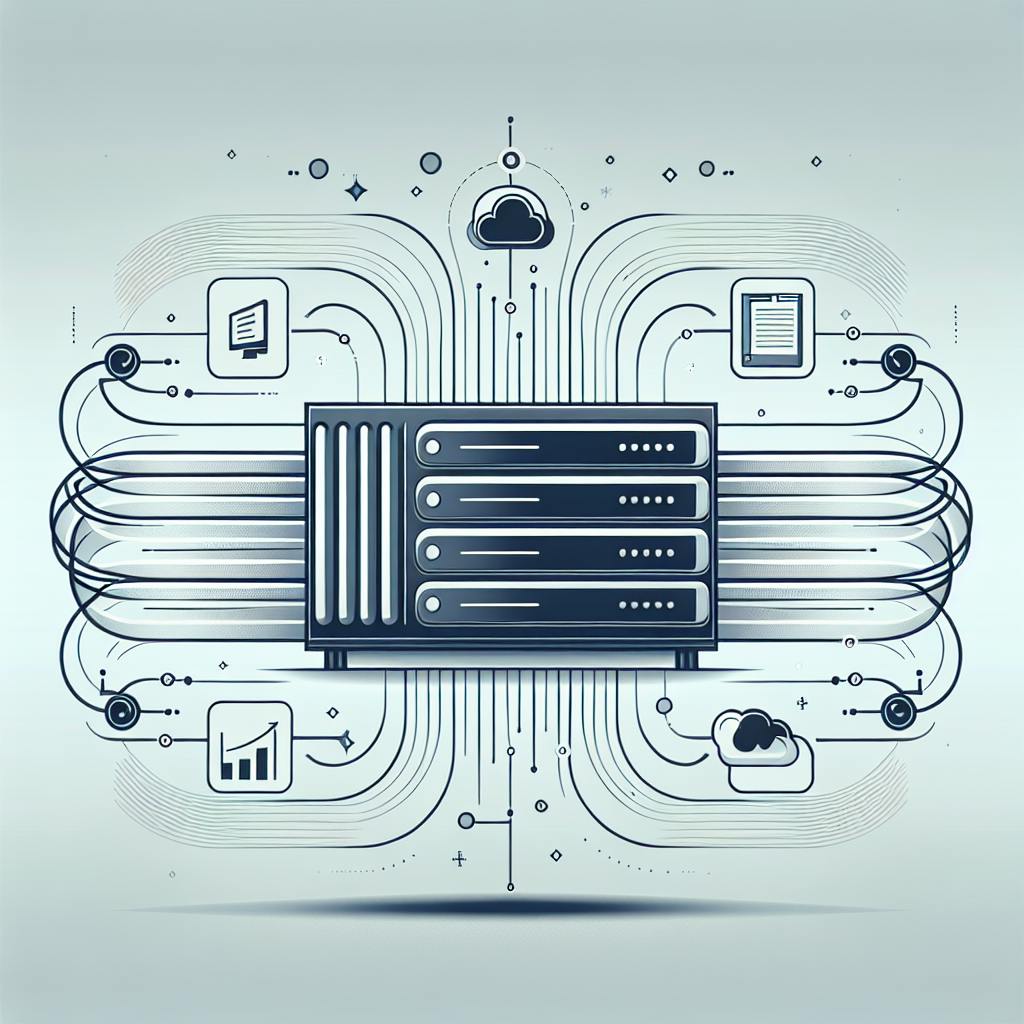To ensure your Boomi environment remains secure against evolving online threats, follow these straightforward steps:
- Establish Comprehensive Access Controls: Regularly review and update who has access, enforce multi-factor authentication, and set up role-based controls and IP allowlisting.
- Implement Real-Time Monitoring and Auditing: Utilize logging and alerts, monitor usage and access patterns, and employ third-party security tools for enhanced oversight.
- Utilize Anomaly Detection Systems: Set alerts for unusual activities, adjust settings based on your normal operations, and focus on critical areas.
- Ensure Compliance with Security Policies and Regulations: Stay informed about relevant laws and your own company policies, perform regular compliance checks, and maintain thorough records.
- Develop a Proactive Incident Response Plan: Prepare a detailed plan outlining steps to take during a security issue, designate roles, and conduct drills to ensure readiness.
By integrating these practices, you can significantly enhance the security posture of your Boomi setup, protecting your data and operations from potential threats.
1. Establish Comprehensive Access Controls
Keeping your Boomi setup secure starts with managing who can get in and what they can do. Here's how to do it simply:
- Make it a routine to check who has access and take away permissions from those who don't need it anymore. Only let people who really need access have it.
- Turn on multi-factor authentication (MFA) for an extra security step during login.
- Use role-based access controls to give people only the permissions they need for their jobs.
- Only allow access from approved IP addresses by setting up IP allowlisting.
- Use features that log people out automatically after they've been inactive for a while.
By setting up strong rules on who can access your Boomi environment, you make it harder for attackers to get in. This also makes it easier for you to keep an eye on who's doing what through audit logs and spot anything odd quickly.
Regularly updating who has access is important because over time, people tend to end up with access they no longer need. Keeping access tight means less chance for trouble.
2. Implement Real-Time Monitoring and Auditing
It's crucial to always keep an eye on your Boomi setup to catch any issues right away. Here's how you can do it in simple steps:
- Turn on logging and get alerts. Boomi lets you record what's happening, like who's logging in, how much data is being used, and any errors. Set it up so you get a heads-up immediately if something doesn't look right.
- Check how things are being used. Pay attention to things like how often login fails, how many times the API is used, how fast data is moving, and what permissions are being tapped into. A sudden change in these areas might mean someone is trying to break in.
- Use tools to keep a better watch. You can send Boomi's log data to other platforms that specialize in security, like SIEM, analytics, or log management tools. This helps you see what's going on more clearly and set up your own alerts.
- Go through logs and access regularly. Make it a habit to check logs and who has access to what. This helps you make sure everyone has the right permissions and that the activity looks normal. Quick checks can help you spot issues faster.
- Check changes before making them live. Before you apply any changes to how things work, policies, components, and who can do what, test them in a non-live environment first. This helps avoid problems that could happen by accident.
Staying alert to your Boomi platform's activities is a big part of keeping it secure. By monitoring in real-time and doing regular checks, you can act fast to reduce any harm from security threats. Plus, this keeps a record of everything that happens, which is helpful if you need to look back after an incident.
3. Utilize Anomaly Detection Systems
Think of anomaly detection systems like a security camera that watches over your Boomi setup, looking for anything out of the ordinary. Here's how to make the most of these tools:
- Set up alerts for weird stuff. Make your system tell you when something unusual happens, like a sudden increase in login attempts or a weird pattern in how data is moved around. This helps you catch problems before they get big.
- Adjust settings to what's normal for you. These systems learn what's typical for your setup. Over time, as you use Boomi differently, tweak the settings so it knows what to consider normal and what might be a problem.
- Keep a closer eye on important parts. Focus on the most critical areas, like where your data goes in and out, who's logging in, and what changes are being made. This way, you can spot important issues faster.
- Look into alerts quickly. When you get an alert, check it out as soon as you can. Not all strange things are bad, but quick checks can help you find real problems sooner.
- Learn from the odd patterns. If you keep seeing strange things happening, like lots of failed login attempts, it might be time to tighten up your access controls. Use what you learn from these patterns to make your Boomi setup stronger.
Anomaly detection is like having eyes on your Boomi system all the time, looking for anything that doesn't fit. By setting up these systems to alert you and investigating alerts quickly, you can keep your setup safe without having to watch it every second.
4. Ensure Compliance with Security Policies and Regulations
Making sure your Boomi setup follows the right security rules is crucial to avoid problems. Here's a simple guide:
- Know the rules. Understand the laws like HIPAA, GDPR, or PCI DSS that affect how you manage data. Also, be familiar with your own company's security guidelines. Knowing these rules helps you know what to do to keep things safe.
- Check regularly. Set times to go over your Boomi setup and make sure it's doing everything by the book for things like who can access what, how data is protected, and how data is handled. It's also smart to do random checks now and then.
- Get certified if you need to. If the rules say you need a formal check-up to prove your setup is up to standard, get ready for that. These check-ups confirm your Boomi platform is doing things right.
- Fix any issues. If you find out you're missing some security steps during your checks, sort them out as soon as possible. It's easier to fix things bit by bit than all at once later.
- Keep records. Write down every security action you take, like checking who has access, updating the system, looking into unusual activities, and more. Good records show you're keeping an eye on security.
Following these steps makes sure you're covering the basics of keeping things secure, like setting up proper access controls, using encryption, managing vulnerabilities, and keeping track of what's happening. It also helps avoid the trouble of fines or damage to your reputation if you don't follow the rules. Checking in from time to time is essential.
5. Develop a Proactive Incident Response Plan
When something goes wrong, having a plan can really help you fix things faster and with less stress. Here's a simple way to be ready:
Write down your plan. Make a list of steps to follow if there's a security issue, like:
- Who needs to know about the problem right away
- Steps to make sure the problem doesn't get worse
- How to find the information you'll need to figure out what happened
- When you might need to call the police or other officials
Get your tools together. Have tools and backup stuff ready for fixing problems, like software to look into what went wrong, extra computers or parts, and copies of important data. Make sure your team knows how to use these tools.
Decide who does what. Pick people for different jobs during a security problem, like leading the team, talking to everyone involved, fixing data, or getting systems back up.
Teach your team. Everyone should know how to notice a security issue and what steps to take. Try out some tests to make sure everyone gets it.
Look back and learn. After you deal with a problem, talk about what worked and what could be better. Use what you learn to make your plan stronger.
Being ready for security issues means you can fix them faster and with less trouble. Spending time to prepare now can save a lot of headaches later.
sbb-itb-4a5db88
Conclusion
Keeping an eye on your Boomi setup for any security threats is super important to make sure your data and everything you do stays safe. Here are five main things you should do to keep things secure:
- Make sure only the right people can get in. Set up rules about who can access what and check regularly to remove access for people who don't need it anymore. This helps prevent the wrong people from getting in.
- Watch what's happening all the time. Use tools to keep an eye on what's going on in your Boomi environment. If something weird happens, like a sudden spike in activity, you'll know right away and can check it out.
- Use smart tools to spot anything odd. Tools that can automatically notice when something's not right are really helpful. They can alert you to strange patterns, like if someone's trying to break in.
- Make sure you're following the rules. Regularly check that you're doing everything according to the security laws and your own rules. Keep records of everything you do for security, like checking who has access or fixing vulnerabilities.
- Have a plan for when things go wrong. Know exactly what to do if a security issue happens. This includes who should be contacted, how to stop the problem from getting worse, and how to fix it. Practice this plan to make sure it works.
By doing these things, you can help keep your Boomi systems safe. It's all about being ready, watching carefully, and knowing how to respond if something happens.



